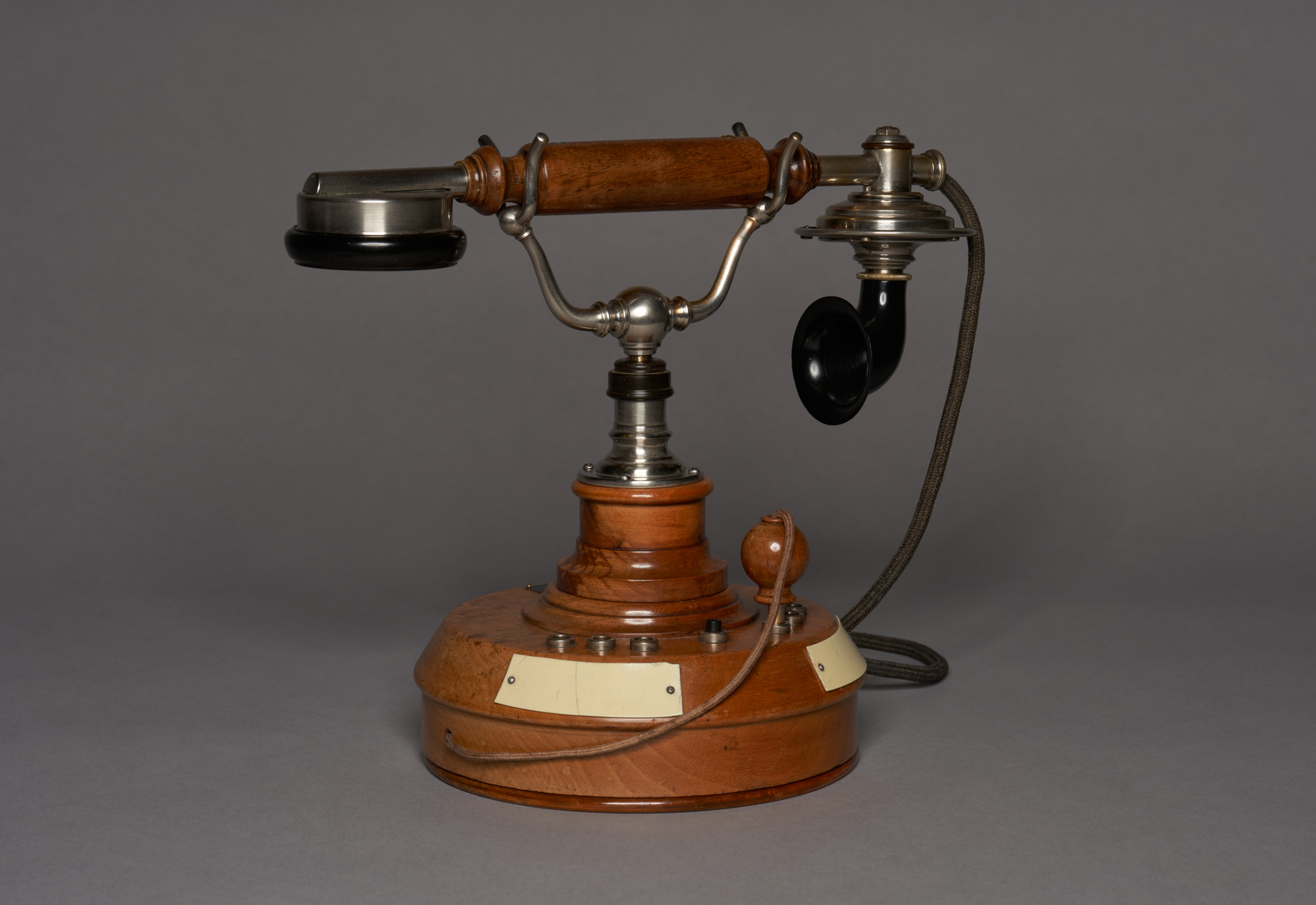
Creator
Ericsson LM
Time and place of creation
Place:
Sweden
Like the Siemens & Halske AG company in Germany, Lars Magnus Ericsson benefited significantly from the negligence of Alexander Graham Bell, the inventor of the telephone, regarding patents. As early as the 1870s, Ericsson established a company to produce and repair LM Ericsson telephone equipment. His factory supplied high quality telephone equipment to the Scandinavian markets at prices below those of the Bell Telephone Company.
In the late 1890s, when the Scandinavian market was already saturated, LM Ericsson expanded to other countries, acquiring concessions and building its own factories (in Russia and in the United Kingdom) or taking over existing enterprises (S.I.T in France, Dekert & Homolka in Vienna, a telephone factory in Budapest). The period until the outbreak of World War I was a time of global expansion for the company. Over that period, by selling telephones to the British colonies, stabilising its position in Europe, and continuously increasing production, the Swedish company was able to become one of the global telecommunications powerhouses.
It was in that specific period that the item presented here was produced – the LM Ericsson six-number private branch exchange. It was used for handling an internal telephone network, for example at home, or in an office or small company. The exchange was not designed to work with the city network, although it operated in the central battery (CB) system, i.e., from an external power supply instead of its own inductor, as is typical for exchanges with a similar purpose. It has the shape and size of a telephone. The base of the exchange is made of a single embossed and painted piece of machined wood. Inside it is an electrical system connected to sockets. On the side of the base is a hole with a cable sheathed in canvas insulation and terminated with a knob-shaped plug in a wooden housing. On the opposite side is the cable that connects the handset. On the base, in the middle, is the cradle plinth, which consists of stepped drum shapes. It is decoratively profiled and made of painted wood. On the plinth is a chrome-plated metal cradle socket, and in it the cradle of chrome rods, carrying a metal handset with a wooden grip, ending in a receiver in the form of a metal can with a screw-on cover of black Bakelite. The handset is fitted into a sheet-metal chrome-plated housing.
Creator
Ericsson LM
Time and place of creation
Place:
Sweden











